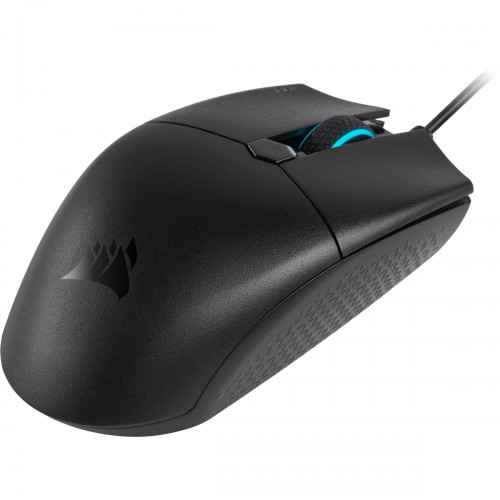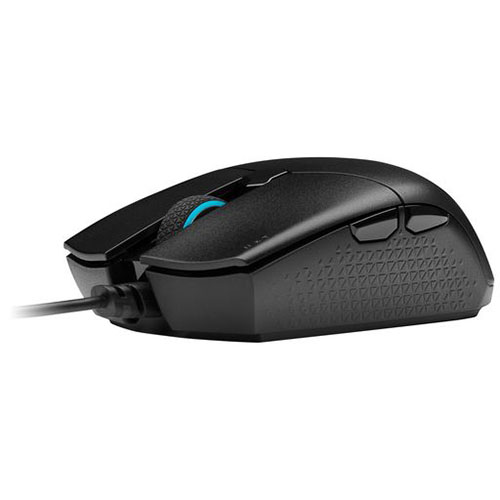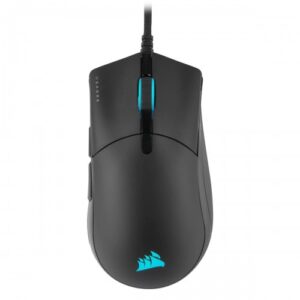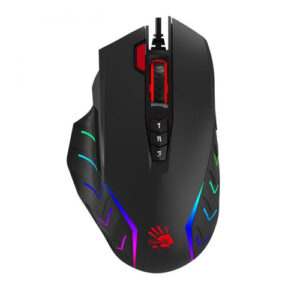Understanding Gaming Mouse Specifications
When selecting a gaming mouse, understanding the specifications is crucial to ensure optimal performance during intense gaming sessions. The number of keys on a gaming mouse can have a significant impact on gameplay. A mouse equipped with programmable buttons, such as the six programmable buttons featured in our review, allows for customized commands and macros. This flexibility enables gamers to execute complex actions swiftly, improving efficiency in competitive scenarios.
The connection type is another vital aspect. USB connections are standard in modern gaming mice, providing stable and reliable communication between the mouse and the computer. A wired USB mouse typically offers a latency-free experience compared to wireless alternatives, which can be critical in fast-paced gaming environments. For gamers who prioritize uninterrupted performance, the choice of a USB connection is foundational.
Furthermore, the sensor capabilities play a pivotal role in determining the quality of a gaming mouse. An optical sensor boasting a precision of 12,400 DPI ensures that movements are tracked with exceptional accuracy. High DPI settings enable smooth and precise cursor control, essential for targeting and maneuvering effectively during gameplay. Additionally, the polling rate, which can be selected among 1000Hz, 500Hz, 250Hz, and 125Hz, affects how often the mouse reports its position to the computer. A higher polling rate results in more frequent updates, improving responsiveness and reducing lag, thereby enhancing the overall gaming experience.
Physical characteristics such as cable length and design should not be overlooked. A tangle-free rubber cable measuring 1.8 meters provides ample length for flexible movement while minimizing cable drag. This design allows gamers to maintain focus on the game rather than dealing with cumbersome cable management. Knowing these specifications will empower gamers to make informed decisions tailored to their gaming needs.
Performance Features and Durability
When selecting a gaming mouse, the performance features and durability are paramount for ensuring an enhanced gaming experience. A significant consideration is the lifespan of the mouse switches, which is typically rated up to 30 million clicks for the left and right buttons. This durability assurance is particularly important for hardcore gamers who often engage in extensive gameplay sessions. The switch lifecycle enables users to rely on their equipment without the concern of premature wear and tear, ensuring that the gaming mouse consistently performs at its best over time.
Another crucial performance feature is built-in memory. A gaming mouse with onboard memory allows users to save their settings directly onto the device, resulting in convenient plug-and-play functionality. This feature eliminates the need for software installations on different computers, facilitating seamless transitions between devices. Having a single memory profile stored on the gaming mouse ensures that gamers can maintain their optimized preferences, enhancing the overall user experience, especially during competitive play.
The physical dimensions and weight of a gaming mouse also play a vital role in performance. For instance, a lightweight design, such as one that weighs 69 grams without cable and accessories, can provide greater agility and speed during gaming maneuvers. Furthermore, these aspects should be combined with ergonomic considerations to ensure comfort during extended use, which is critical for preventing fatigue. Complementing these features is the standard warranty information, generally extending to two years, which provides additional assurance regarding the longevity and reliability of the gaming mouse. A focus on performance features, durability, and ergonomic design collectively contributes to an exceptional gaming experience, making these elements essential in the selection process.







